In late 2015, the beauty world felt a tremor that didn’t come from a legacy brand or luxury launch—it came from a Lip Kit. When Kylie Jenner’s signature matte lipstick and liner set hit the market, it sold out in under a minute, crashing websites and igniting a frenzy that felt more like a sneaker drop than a makeup release. Fans weren’t just buying a product—they were buying a piece of Kylie’s perfectly contoured persona, one Instagram-filtered swipe at a time. The timing was uncanny: the rise of influencer culture, selfie obsession, and direct-to-consumer brands all collided, and Kylie seized the moment.
What started as a passion project soon snowballed into a beauty empire valued at over a billion dollars, sparking debate, admiration, and no shortage of headlines. This article unpacks how Kylie turned viral hype into industry disruption—and why Kylie Cosmetics is more than just a fleeting trend.
From Reality Star to Beauty Mogul: Kylie Jenner’s Evolution
Leveraging the Kardashian Empire
Kylie Jenner didn’t just ride the coattails of Kardashian fame—she rerouted the spotlight. While her sisters built empires on luxury, controversy, and high fashion, Kylie carved out a space that felt more intimate, attainable, and Gen Z-ready. She spoke the language of Snapchat and Instagram Stories, not tabloids. Rather than mimicking the bold, hyper-curated personas of Kim or Khloé, Kylie positioned herself as the relatable beauty girl-next-door with enviable lips and a camera-ready aesthetic. She built trust not through traditional ads, but through tutorials, selfies, and real-time unboxings.
Behind the scenes, she harnessed the power of a built-in media machine—press coverage, social buzz, and family collaborations—yet kept her brand emotionally separate. Kylie’s genius was in knowing that being part of the Kardashian dynasty gave her reach, but differentiating herself gave her relevance. In the age of digital entrepreneurship, generational fame only works if you know how to remix it.
Early Brand Clues Before the Launch
Before Kylie Cosmetics ever launched, the brand was already being built—unintentionally or not—through Kylie Jenner’s lips. Her sudden transformation sparked viral speculation, endless memes, and even the controversial “Kylie Lip Challenge.” Fans dissected her makeup routines, begged for product names, and tried to replicate her signature pout with DIY hacks. The speculation around her appearance became a digital obsession, and Kylie, knowingly or not, fed the fire with cryptic Instagram captions and perfectly angled selfies.
This pre-launch hype wasn’t just about celebrity gossip—it was consumer behavior in action. Followers weren’t waiting for a product; they were hoping one would exist. Kylie became the prototype for a new kind of influencer-to-founder pipeline: one where the demand for a product is born from personal branding itself. By the time her first Lip Kits dropped, the desire had already been manufactured—organically, virally, and at scale.
The Birth of Kylie Cosmetics: Virality Meets Supply Chain Savvy
The Sold-Out Lip Kit Phenomenon
November 30, 2015. Within seconds of Kylie Jenner posting the Lip Kits live, the internet went into overdrive. Fans flooded the site, credit cards in hand—only to find it crashing under the weight of demand. In less than a minute, every shade was gone. Twitter exploded with panic, memes, and screenshots of empty carts. “I refreshed at the exact time and still missed it,” one fan tweeted, echoing thousands who felt they were part of a cultural flashpoint.
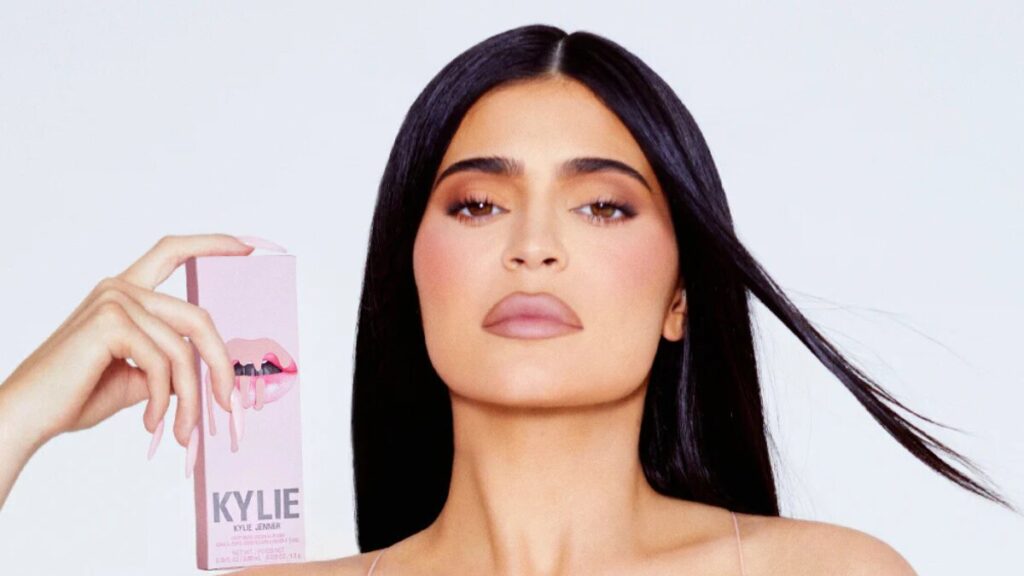
What made this launch different was the fusion of urgency and identity. Kylie wasn’t just selling lipstick—she was selling her look, something fans had been obsessing over for months. The scarcity was real, the hype authentic, and the experience communal. It didn’t feel like marketing; it felt like being in on something big. In an era where FOMO drives clicks, Kylie nailed the formula on day one.
Strategic Partnerships That Fueled Growth
Behind Kylie Cosmetics’ explosive growth was a quiet powerhouse: Seed Beauty. The company, which also incubated ColourPop, offered Kylie a turnkey solution—handling product development, manufacturing, packaging, and fulfillment all under one roof. This vertical integration allowed Kylie to focus on branding and marketing while Seed handled the heavy lifting at startup speed.
Unlike legacy brands bogged down by retail middlemen and long lead times, this partnership gave Kylie Cosmetics unmatched agility. Lip Kits could go from concept to launch in weeks, not months—a perfect fit for the fast, trend-driven world of Instagram. Seed’s private-label model kept costs low and margins high, letting Kylie scale without outside funding or inventory risks. It wasn’t just influencer magic; it was operational efficiency meeting digital instinct. That synergy is what turned a viral moment into a sustainable business.
What Is Kylie Cosmetics’ Net Worth Today?
The Coty Deal and Revaluation Aftermath
In 2019, Coty Inc. purchased a 51% stake in Kylie Cosmetics for a headline-grabbing $600 million, valuing the brand at $1.2 billion. It was a defining moment—not just for Kylie, but for the beauty industry at large. Suddenly, a celebrity-led startup was sitting alongside legacy giants, backed by serious corporate capital. For Kylie, it meant legitimization, global distribution power, and a new level of brand maturity.
But cracks soon appeared. Analysts questioned the lofty valuation, pointing to declining sales, overreliance on Kylie’s brand, and limited SKU expansion. Forbes later walked back its billionaire claim, citing potential financial inflation. Still, the deal reshaped how investors viewed influencer brands: flashy growth could attract big money, but long-term value demanded infrastructure, transparency, and scalability. The Coty acquisition wasn’t a failure—it was a real-time case study in the rewards and risks of personal-brand empires.
To see how Kylie Cosmetics fits into her full wealth picture, check out Kylie Jenner’s $700 million empire in 2025.
Estimated Brand Worth in 2025
As of 2025, Kylie Cosmetics is no longer the unicorn it was once touted to be, but it remains a valuable player in the beauty space. Industry analysts estimate the brand’s current worth to fall between $400 million and $600 million, down from its $1.2 billion peak. Coty’s earnings reports have pointed to slowed growth, with Kylie Skin outperforming expectations while the core cosmetics line stabilizes in a saturated market.
Still, the brand’s cultural capital and global recognition keep it competitive. Its e-commerce presence remains strong, and periodic product drops continue to drive buzz. Analysts credit its staying power to smart licensing, efficient operations via Seed Beauty, and Kylie’s continued influence, even if tempered. While not the juggernaut it once appeared to be, Kylie Cosmetics has matured into a steady mid-market brand with long-term potential.
To see how Kylie’s wealth reached this point, check out Kylie Jenner’s net worth evolution from teen millionaire to mogul.
Kylie Jenner’s Net Worth: Beauty, Business, and Beyond
Beauty Earnings vs. Social Media Monetization
Kylie Jenner’s fortune doesn’t begin and end with Kylie Cosmetics. In fact, a significant portion of her earnings now flows from her social media empire. With over 400 million Instagram followers, she reportedly commands $1–1.5 million per sponsored post—placing her among the top-paid influencers globally. Add in brand collaborations, licensing deals, and her role as creative director for ventures like Kylie Baby and Kylie Swim, and it’s clear she’s monetized her image far beyond lipstick.
Then there’s real estate: Kylie has bought, sold, and flipped multiple luxury properties in Los Angeles, netting millions in the process. Her wealth is increasingly diversified—built on visibility and platform power rather than just product sales. Unlike traditional entrepreneurs, Kylie doesn’t just advertise her brand—she is the brand, and that distinction has unlocked a different kind of financial scale.
For the full breakdown of how Kylie monetizes Instagram and her digital empire, see her digital earnings strategy.
The Billionaire Debate Revisited
When Forbes crowned Kylie Jenner the “youngest self-made billionaire” in 2019, headlines exploded. But just a year later, the same outlet issued a retraction, alleging inflated revenue figures and doctored tax returns. The reversal ignited a broader conversation: Was Kylie’s team gaming the system, or was the media too eager to anoint a new icon?
The truth likely lives in a gray area. Kylie Cosmetics was undeniably a runaway success, but the line between branding and bookkeeping blurred under scrutiny. The saga revealed a deeper flaw in how we evaluate modern wealth—especially when public image drives private valuations. Was the billionaire label a milestone, a marketing ploy, or both? The debate highlights a core tension in celebrity empires: in a world built on perception, does equity matter more than ego, or vice versa?
Dive deeper into her real estate portfolio and diversified wealth strategy for a broader look at how she’s expanding her empire offline.
How Kylie’s Brand Strategy Changed the Beauty Industry
Democratizing Beauty Through Direct-to-Consumer
Kylie Jenner’s decision to launch Kylie Cosmetics as a direct-to-consumer (DTC) brand wasn’t just trendy—it was strategic. By skipping traditional retail and selling exclusively online, she created a one-to-one pipeline between herself and her fans. No department stores, no gatekeepers—just Kylie, Instagram, and a “Buy Now” button. The emotional intimacy of social media gave buyers a sense of trust; they weren’t just purchasing a product—they were buying into her lifestyle, her routine, her glam.
This model allowed for speed, exclusivity, and viral drops—but it came with risks: no in-store testers, limited shade ranges, and occasional fulfillment hiccups. Still, Kylie’s audience was willing to trade those conveniences for the connection. In a world where authenticity drives commerce, her DTC model proved that trust can be more powerful than shelf space.
The Rise of the “Insta-Brand” Era
Kylie Jenner didn’t just build a beauty brand—she helped redefine who gets to lead one. Her success opened the floodgates for the “Insta-brand” era, where influencers weren’t just endorsing products—they were creating them. Suddenly, platforms like Instagram and TikTok became launchpads for founder-led labels. Brands like Rare Beauty (Selena Gomez), Florence by Mills (Millie Bobby Brown), and Huda Beauty (Huda Kattan) followed suit, each leveraging personal identity and social reach to build trust and community.
These founders didn’t need retail clout or decades in the industry—they had audiences, authenticity, and a direct connection to buyers. Kylie’s model proved that relatability could rival legacy. It marked a shift from corporate beauty giants to digital-native disruptors and signaled a new era: one where influence, not infrastructure, drives innovation.
Net Worth in Context: How Kylie Stacks Up Against Her Peers
Against Beauty Industry Giants
When placed alongside beauty powerhouses like Estée Lauder, Fenty Beauty, and Huda Beauty, Kylie Cosmetics holds its own, though on a smaller scale. Estée Lauder remains a global juggernaut with multibillion-dollar revenues and decades of brand equity. Fenty, backed by LVMH and championed by Rihanna’s inclusive vision, has gained both critical and commercial acclaim. Huda Beauty, like Kylie’s brand, rose from influencer roots but now ranks among the top-selling independent beauty companies worldwide.
Kylie Cosmetics carved a lane through viral speed and minimalist SKUs, but its valuation has since cooled to an estimated $500 million. It lacks the breadth of Estée or Fenty, but its cultural impact—especially in the DTC space—is undeniable. While it may not lead in size or product range, Kylie’s brand helped reset expectations around how fast and how loud a beauty brand can grow.
Within the Celebrity Net Worth Ecosystem
Kylie Jenner’s estimated net worth in 2025 hovers around $700 million, largely fueled by Kylie Cosmetics and her social media empire. By contrast, Rihanna, with her Fenty empire and music royalties, is reportedly worth $1.4 billion, while Kim Kardashian—thanks to SKIMS and KKW Beauty—clocks in at $1.7 billion. Selena Gomez’s Rare Beauty, though younger, is rapidly climbing in value, and Beyoncé’s wealth exceeds $600 million, driven by music, fashion, and endorsements.

Kylie’s fortune reflects speed and scale—she built massive equity early, but with limited brand diversification. Her peers suggest a shift: legacy-minded ventures with broader longevity. The question isn’t who got rich fastest, but who’s building something that lasts.
For a direct comparison of these sisters’ empires, explore Kylie vs. Kim Kardashian: who’s winning the wealth war in 2025.
What We Can Learn Kylie’s Business Playbook
Watching Kylie Jenner build Kylie Cosmetics has made me rethink what it means to start a business in the digital age. It’s easy to dismiss her success as a product of fame, but I’ve come to see it differently. What stood out to me wasn’t just her reach—it was her timing. She didn’t launch a brand and hope for attention; she built anticipation first, let her audience dictate the demand, and then delivered at scale.
For creators and marketers, the lesson isn’t “be famous”—it’s to understand your platform and leverage trust. Kylie knew her audience inside out, and she didn’t overcomplicate the offer. She led with identity, simplicity, and emotional connection.
The other takeaway? You don’t need to follow traditional playbooks to be taken seriously. Kylie flipped the script on what a beauty founder could look like—and made the gatekeepers follow her. That’s a kind of influence money can’t buy, and it’s worth studying.
Beyond the Gloss, A Brand That Reshaped an Industry
Kylie Cosmetics didn’t just sell lip kits—it sold a new blueprint for building a brand in the age of influence. By fusing personal identity with commerce, Kylie Jenner helped shift beauty from boardrooms to bedrooms, proving that connection can be just as powerful as capital. Her impact isn’t measured solely in dollars, but in the way it redefined who gets to lead—and how quickly.
As influencer-founded brands continue to rise, the question becomes: can they evolve beyond personality-driven hype into enduring enterprises? Kylie’s story is still being written, but one thing is clear—she changed the rules. Now, others are rewriting them too.
Nishant is a digital strategist and celebrity finance analyst with over 15 years of experience in SEO-driven content. As Founder of TheNetWorths.com, he creates high-authority profiles on wealth, branding, and cultural influence.










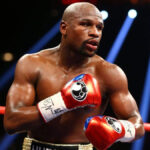
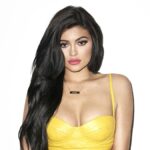



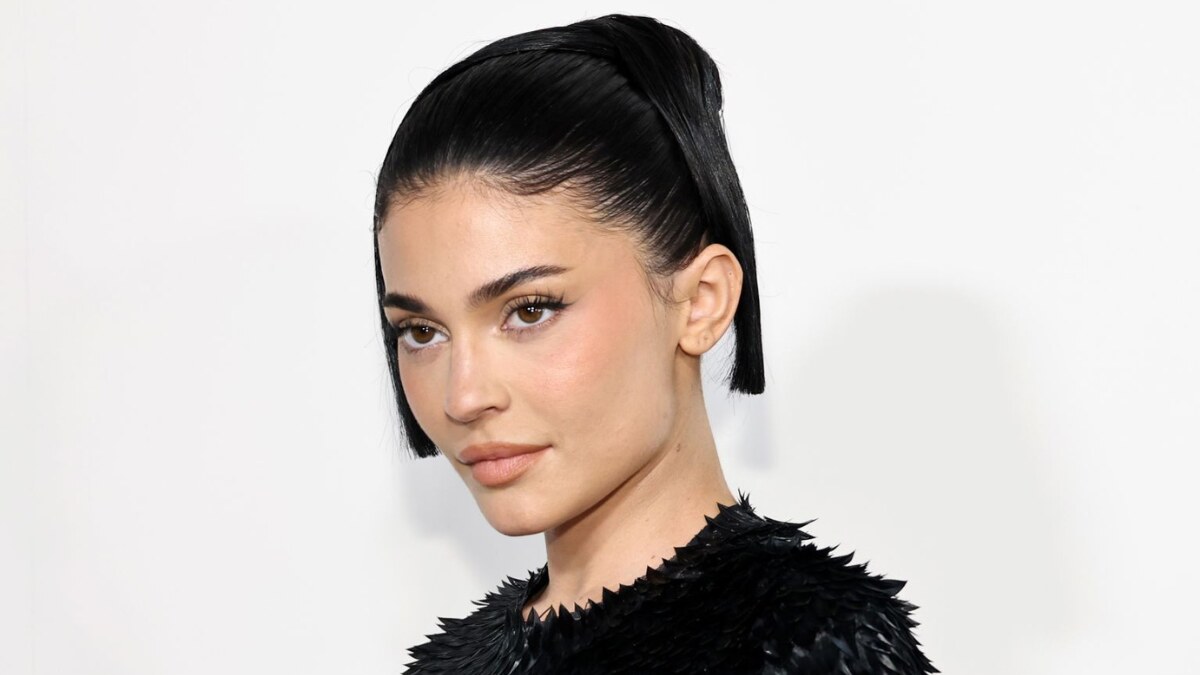



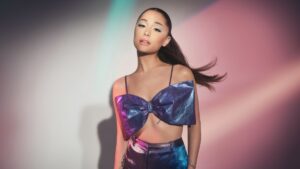
5 thoughts on “Kylie Cosmetics Net Worth: How Her Beauty Brand Changed the Industry”